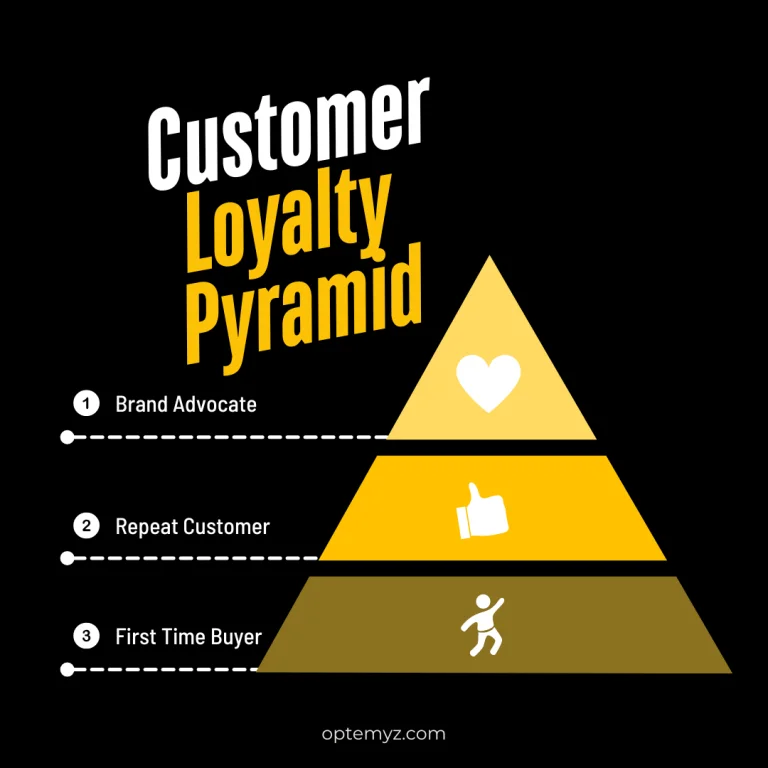Table of Contents
ToggleRelationship Marketing: How to Keep Customers Coming Back for More
Are you spending more time chasing new customers than nurturing the ones you already have? The truth is, retaining a customer is five to 25 times cheaper than acquiring a new one! Understanding and implementing customer retention strategies for small businesses can help you maximize long-term growth.
In today’s competitive market, building long-term relationships with your customers isn’t just a nice-to-have—it’s essential for sustainable growth. Relationship marketing focuses on engagement over transactions, fostering brand loyalty that keeps customers returning.
In this post, you’ll discover:
- What relationship marketing is and why it works
- The best customer retention strategies for e-commerce businesses and service-based companies
- Actionable steps to improve customer engagement and brand loyalty
- Tools to automate email marketing for customer retention
- Common mistakes to avoid in long-term customer relationship management

What Is Relationship Marketing?
Unlike traditional marketing, which focuses on acquiring new customers, relationship marketing prioritizes long-term customer loyalty. It’s about creating personalized, meaningful experiences that build trust and keep customers coming back.
By focusing on customer satisfaction, businesses can reduce churn, increase retention, and drive word-of-mouth referrals. A well-executed relationship \ marketing strategy creates brand advocates who naturally promote your business.
Why Relationship Marketing Matters
Here’s why investing in relationship marketing pays off:
1. Higher Customer Loyalty
When customers feel appreciated, they stick around. A strong relationship encourages repeat purchases and makes them less likely to explore competitors.
2. Increased Customer Lifetime Value (CLV)
Loyal customers spend more over time. Focusing on retention increases CLV, making each customer more profitable without extra acquisition costs.
3. Word-of-Mouth Growth
Happy customers become brand advocates. They’ll share their positive experiences, helping you gain new customers organically.
4. Cost Savings
Acquiring a new customer is expensive. Retention-focused marketing lowers costs while boosting profitability, allowing you to invest more efficiently.

5 Best Customer Retention Strategies for Long-Term Success
1. Know Your Customers and Their Needs
To build meaningful connections, understand your audience’s pain points and expectations. Learn their:
- Preferences
- Buying habits
- Common customer service concerns
How?
- Run customer feedback surveys to improve services
- Monitor social media engagement and interactions
- Track purchase history and website behavior
The better you know your customers, the more personalized and relevant your marketing becomes.
2. Personalization: How to Improve Customer Engagement
Personalization isn’t just about using a customer’s name in an email—it’s about making interactions feel unique and tailored.
Try this:
- Send personalized product recommendations based on purchase history
- Create segmented email campaigns to target different customer needs
- Offer exclusive discounts and rewards for VIP customers
3. Provide Outstanding Customer Service That Builds Brand Loyalty
A great product means nothing if customer service is poor. Quick, helpful, and friendly support can turn one-time buyers into lifelong fans.
Best practices:
- Respond promptly to inquiries
- Offer multiple communication channels (live chat, email, phone, social media)
- Train your team to handle customer concerns proactively
4. Build an Engaged Customer Community
Creating a customer community increases engagement and brand affinity.
- Start a private Facebook group or online forum for customers
- Host exclusive Q&A sessions, webinars, or live events
- Encourage user-generated content, such as customer testimonials
Example: Peloton built a thriving fitness community where members support each other, deepening brand loyalty.
5. Reward Loyal Customers with a Strong Customer Loyalty Program
A well-structured customer rewards program not only incentivizes repeat purchases and increases retention but also nurtures loyal customers into passionate brand advocates who actively promote your business.
- Use a point-based system (e.g., Starbucks Rewards)
- Offer exclusive perks like early access to sales
- Give referral rewards to encourage customer advocacy
Example: Sephora’s Beauty Insider Program keeps customers engaged by offering tiered rewards, encouraging them to spend more to unlock bigger benefits.
How to Automate Relationship Marketing
Technology makes it easier than ever to stay connected with customers. Here’s how:
- Email Automation – Send post-purchase thank-you emails, birthday discounts, and personalized recommendations.
- CRM (Customer Relationship Management) Tools – Track interactions and organize customer data for tailored outreach.
- Social Media Scheduling – Stay consistently engaged with customers without manual posting.
Automation ensures you never miss an opportunity to connect with customers.
How to Measure Relationship Marketing Success
Tracking the right metrics ensures your strategies are working. Here’s what to monitor:
- Customer Retention Rate – How many customers return?
- Customer Lifetime Value (CLV) – How much revenue does one customer generate over time?
- Net Promoter Score (NPS) – How likely are customers to recommend you?
- Engagement Metrics – Are customers opening emails, clicking links, or interacting on social media?
Review these regularly and adjust your strategy accordingly.
Common Mistakes to Avoid
- Ignoring Customer Feedback – Not listening to complaints or suggestions can damage relationships. Always seek feedback and act on it.
- Over-Promising & Under-Delivering – Don’t set unrealistic expectations. Keeping promises builds trust.
- Neglecting Relationship Building – Don’t just sell—engage, educate, and entertain. A transactional mindset won’t create long-term loyalty.
How to Integrate Relationship Marketing into Your Business
- Make it a company-wide focus. Everyone—marketing, customer service, sales—should understand the value of relationship marketing.
- Train your team to be customer-centric. When employees care about retention, customer experience improves across the board.
- Use tools and data to refine your approach. The better you track interactions, the better you can serve your audience.
Final Thoughts: Ready to Build Lasting Customer Relationships?
Customers aren’t just numbers in your sales reports—they’re the foundation of your business.
By personalizing interactions, providing top-notch service, and rewarding loyalty, you’ll build a thriving community of repeat customers.
Want help crafting a relationship marketing strategy tailored to your business? Book a free strategy call today!

